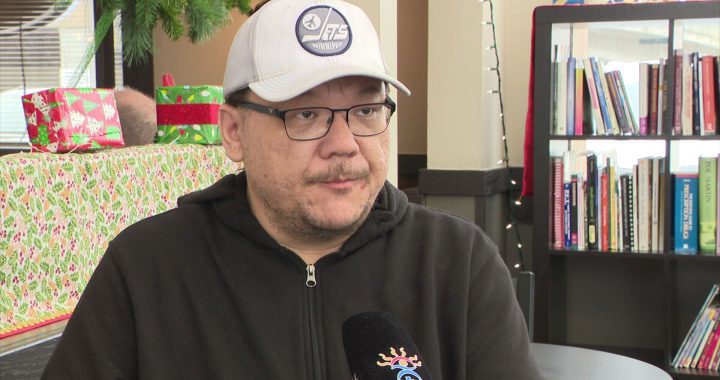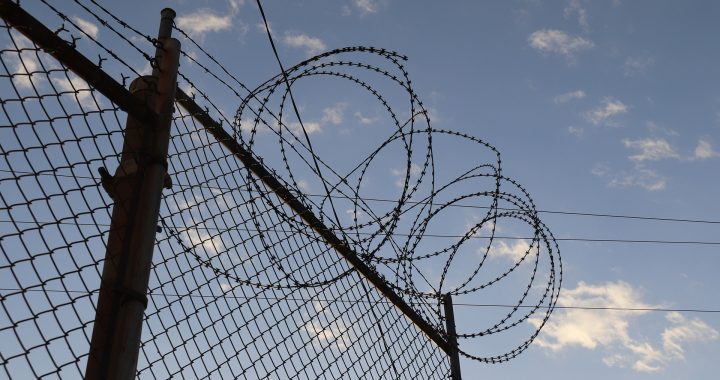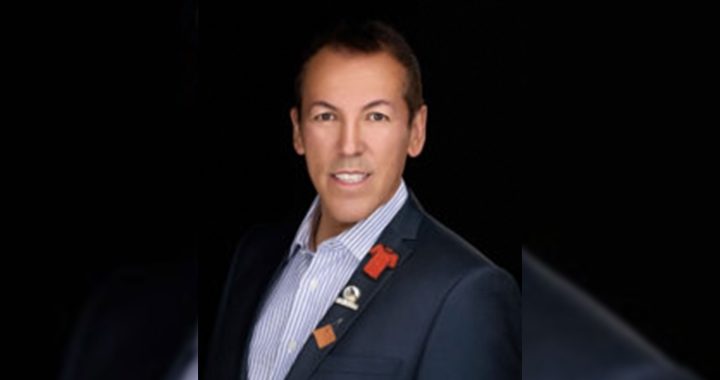Canada’s environment and climate change minister had little to say Tuesday about two different letters of concern from the United Nations over the impacts of resource development on the environment and Indigenous rights.
Catherine McKenna said the federal government’s response to a letter from the United Nations Educational, Scientific and Cultural Organization (UNESCO) regarding the fate of Wood Buffalo National Park’s status as a world heritage site will be released “very shortly”.
Canada has until Friday to respond to concerns raised by UNESCO about the park, which straddles the Alberta-Northwest Territories boundary.
Mikisew Cree First Nation warned UNESCO in 2014 that the sprawling park — Canada’s biggest national park and one of the world’s largest inland deltas — was in trouble.
UNESCO investigators agreed, and that triggered a federal study.
A 561-page report released last summer concluded that 15 out of 17 measures of ecological health were declining.
The effects — from low water flows to curtailed Indigenous use — stem largely from changes to area rivers caused by climate change, dams in British Columbia and industry in Alberta. UNESCO gave Canada until Feb. 1 to say how it would fix the problems.
A draft report distributed to 30 Indigenous groups and at least 13 energy companies and environmental groups, as well as to the Alberta, British Columbia and Northwest Territories governments, isn’t encouraging, said Mikisew Director Melody Lepine.
“There’s a lot of things they say they’re going to do. However, there’s no hard timelines or finances. Without resources and some key timelines, it’s just words on paper,” she said.
Spokespeople from Environment Canada say the draft document has changed significantly since it was released in November.
Audrey Champagne, a spokesperson for Parks Canada, responded to criticism that the document was vague by noting the government has committed more than $27.5 million over five years to support the action plan to preserve the World Heritage site.
McKenna said Tuesday the government takes the national park “very seriously,” and that addressing UNESCO’s concerns is “a complex issue” that entails working with Indigenous groups and “bringing on board the provinces of Alberta, British Columbia, and also industry.
She reiterated that the Liberals have “invested $27 million to help find solutions and we’re committed to moving forward,” but wouldn’t say whether that money will suffice to address all of UNESCO’s concerns.
Wood Buffalo covers almost 45,000 square kilometres of grasslands, wetlands and waterways. Millions of migratory birds from four continental flyways converge there to breed.
It’s the world’s only breeding ground for endangered whooping cranes, and is home to the largest herd of free-ranging wood buffalo left anywhere. First Nations have depended on the area for generations for cultural and physical sustenance.
One of UNESCO’s recommendations in protecting Wood Buffalo’s world heritage status is to assess the environmental and social impacts of B.C. Hydro’s Site C dam.
Once built, Site C will be the third large hydro dam on the Peace River, one of the main waterways feeding the Wood Buffalo delta.
The dam’s impacts on Wood Buffalo National Park are just a few of the concerns associated with the project.
U.N. tells Canada to halt Site C
Last month Noureddine Amir, Chair of the U.N. Committee on the Elimination of Racial Discrimination (UNCERD) wrote to Canada’s ambassador to the U.N., Rosemary McCarney, saying UNCERD is “concerned that the realization of the Site C dam without free, prior and informed consent, would permanently affect the land rights of affected indigenous peoples in the Province of British Columbia.”
She said Site C “would infringe Indigenous peoples’ rights protected under the International Convention on the Elimination of All Forms of Racial Discrimination.”
Last week First Nation leaders and human rights and environmental organizations penned an open letter to Prime Minister Justin Trudeau and B.C. Premier John Horgan calling for the immediate suspension of construction on Site C.
“The UN’s top anti-racism body has recognized that continued construction of the Site C dam is a serious threat to fundamental human rights,” said Chief Roland Willson of the West Moberly First Nations, adding the statement “makes it clear that the federal and provincial governments have no claim to being human rights champions so long as they continue to ignore the impacts of Site C on our Treaty rights.”
Asked how Canada will respond to UNCERD’s concerns on Site C McKenna would only say Tuesday that “there are conditions with respect to the project and if ever there’s a breach of the conditions we act.”
The government has until April 30 to respond to UNCERD on Site C.
With files from Justin Brake/APTN
With files from the Canadian Press.











“10 Facts on the UN Declaration: 1) It was adopted by a vote of the overwhelming majority of the UN General Assembly [13Sep2007]. 2) The only four states that voted against it have all have reversed their positions and endorsed the Declaration. 3) the Declaration affirms collective rights of Indigenous nations or peoples and individual rights of Indigenous persons. 4) All the rights in the Declaration are inherent: governments cannot give or take away these rights. 5) All governments have a responsibility to respect, protect and fulfill these rights. 6) The Declaration builds on decades of expert interpretation of existing international human rights laws and standards. It does not create new rights. 7) International human rights declarations do have diverse legal effects. 8) Canadian courts and Tribunals have already applied the Declaration in the interpretation of Canadian law. 9) Indigenous peoples’ representatives worked for more than two decades to achieve the Declaration. It is the first international instrument where the rights holders themselves participated equally with states in the drafting. 10) The UN Declaration constitutes a principled framework for justice, reconciliation, healing and peace.” From pp. 37-38 of the booklet United Nations Declaration on the Rights of Indigenous Peoples. There is great hesitancy of governments, and the colonist law system, to acknowledge these rights, even though both Federal and Provincial government heads Trudeau and Horgan, have supported the UNDRIP. I believe both these Heads of government have not acted because they still have big economic projects on tap that they do not want to give up. But in my view they must give them up if they are honest and admit the human rights and treaty rights and UNDRIP have a stronger first priority than the fossil fuel projects. Besides, if we are to address climate change, which are affecting us negatively now, we must act in the next 12–11 years in a strong and disciplined way to reduce GHG emissions.
“10 Facts on the UN Declaration: 1) It was adopted by a vote of the overwhelming majority of the UN General Assembly [13Sep2007]. 2) The only four states that voted against it have all have reversed their positions and endorsed the Declaration. 3) the Declaration affirms collective rights of Indigenous nations or peoples and individual rights of Indigenous persons. 4) All the rights in the Declaration are inherent: governments cannot give or take away these rights. 5) All governments have a responsibility to respect, protect and fulfill these rights. 6) The Declaration builds on decades of expert interpretation of existing international human rights laws and standards. It does not create new rights. 7) International human rights declarations do have diverse legal effects. 8) Canadian courts and Tribunals have already applied the Declaration in the interpretation of Canadian law. 9) Indigenous peoples’ representatives worked for more than two decades to achieve the Declaration. It is the first international instrument where the rights holders themselves participated equally with states in the drafting. 10) The UN Declaration constitutes a principled framework for justice, reconciliation, healing and peace.” From pp. 37-38 of the booklet United Nations Declaration on the Rights of Indigenous Peoples. There is great hesitancy of governments, and the colonist law system, to acknowledge these rights, even though both Federal and Provincial government heads Trudeau and Horgan, have supported the UNDRIP. I believe both these Heads of government have not acted because they still have big economic projects on tap that they do not want to give up. But in my view they must give them up if they are honest and admit the human rights and treaty rights and UNDRIP have a stronger first priority than the fossil fuel projects. Besides, if we are to address climate change, which are affecting us negatively now, we must act in the next 12–11 years in a strong and disciplined way to reduce GHG emissions.